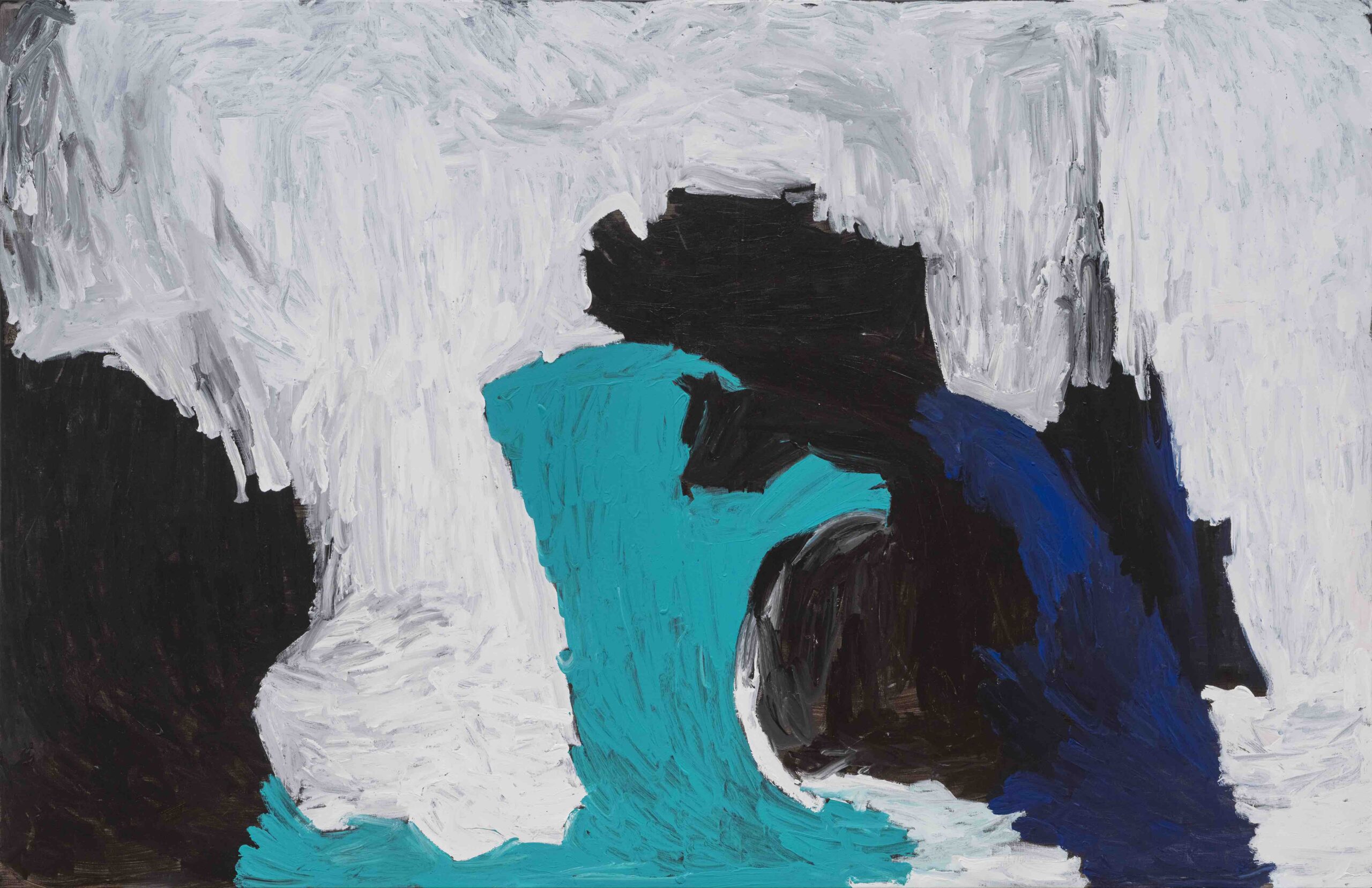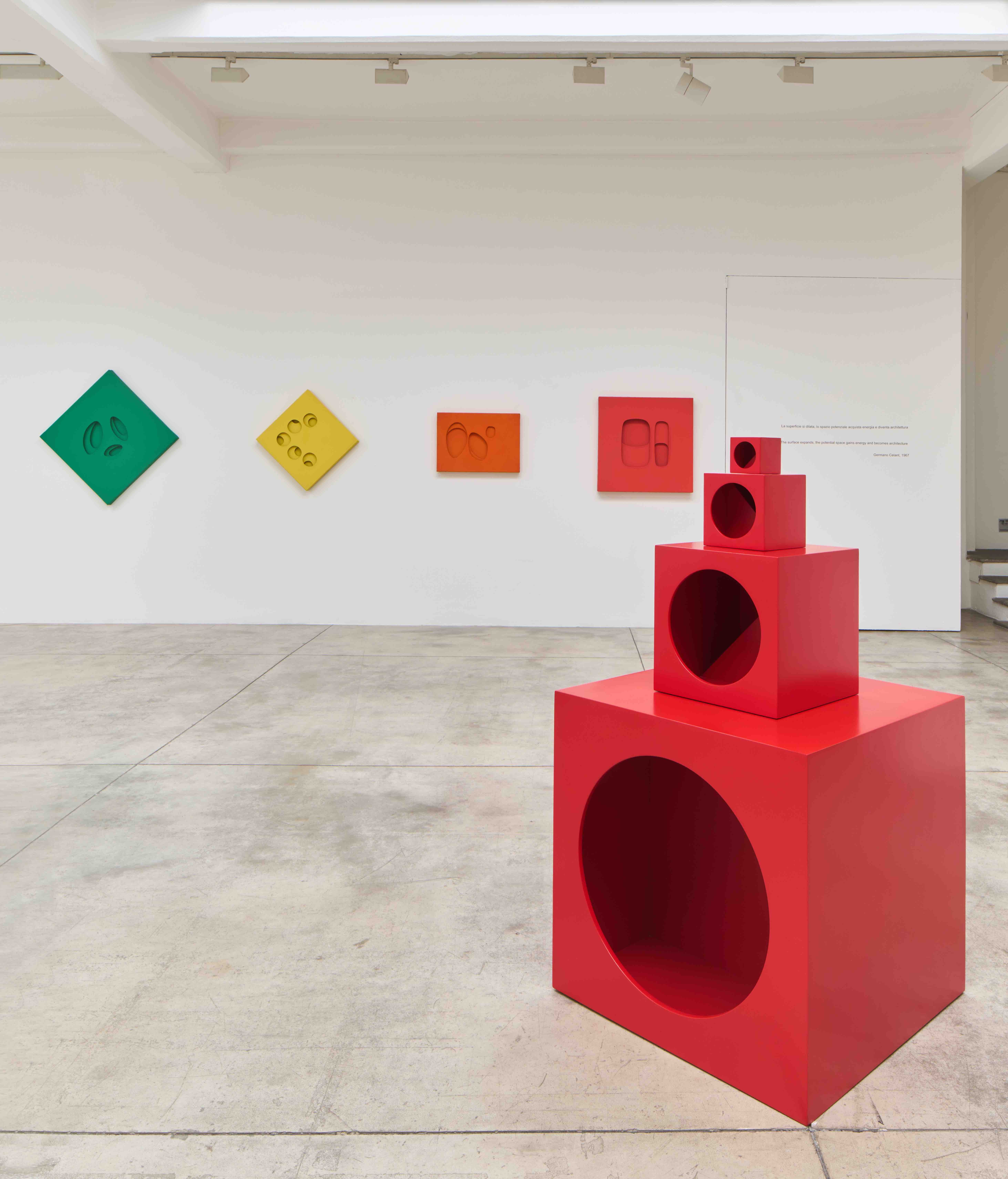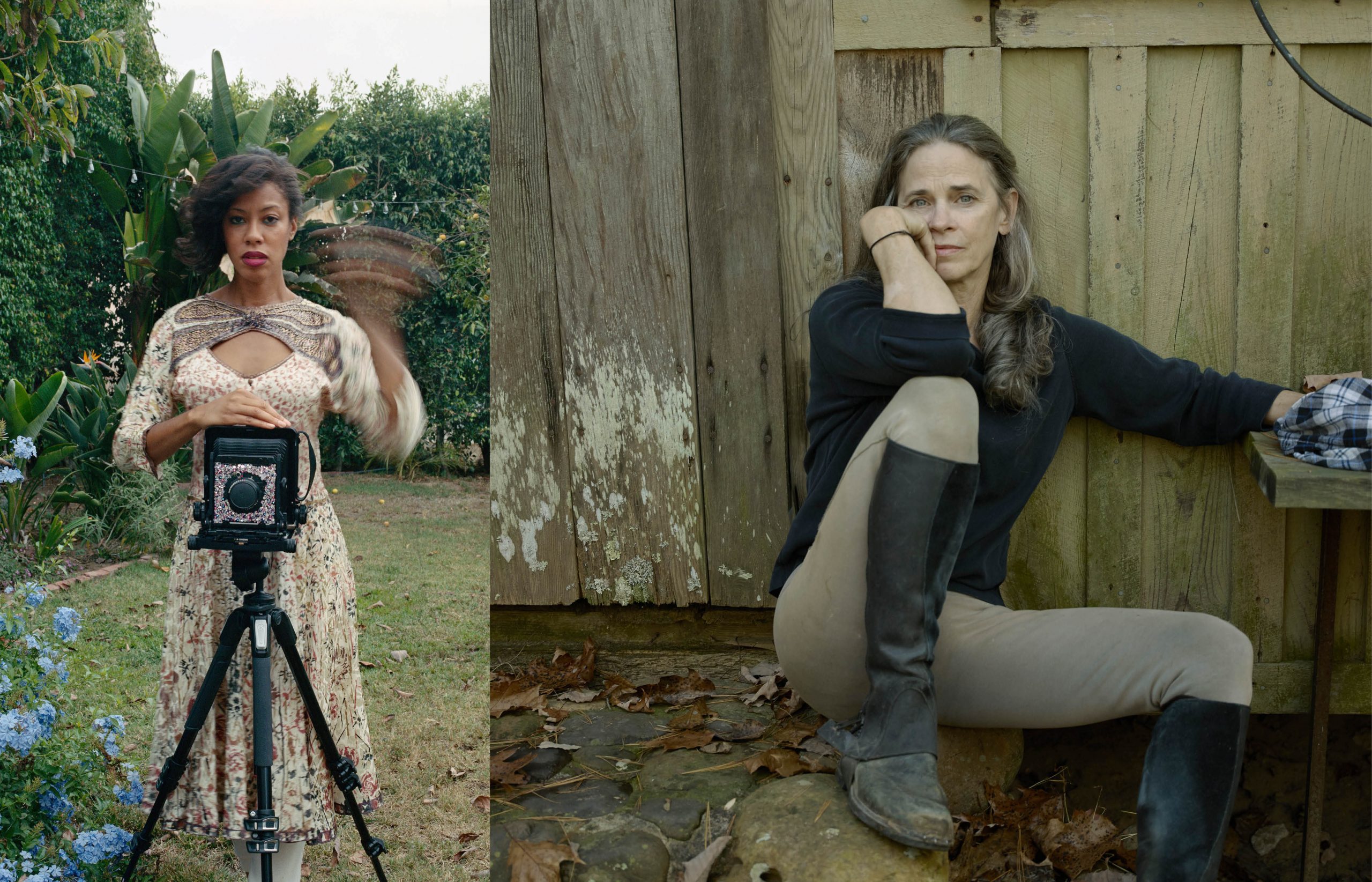After last year’s success in Paris, Sally Gabori is coming to Italy for the first time, thanks to the collaboration between Triennale Milano, Fondation Cartier, and the artist’s family, which is helping with the retrospective exhibition with great enthusiasm. She starts painting around the age of eighty, in 2005, and soon reach national and international fame. In a few years of rare creative intensity, and before her death in 2015, she develops a unique collection of works, brightly colored and with no apparent ties to other aesthetic currents, particularly contemporary Aboriginal painting. It is curious how an artist begins her career so late: in fact, her life history is essential to fully understand her works and further appreciate the abstract images depicted. Sally Gabori is Aboriginal from the Kaiardilt population, on an island in northern Australia with about one hundred and twenty-six inhabitants. Her original name, Mirdidingkingathi Juwarnda, comes from the culture of her land, to which she remains forever connected. She grows up far from everything and everyone, devoting herself to fishing, when one day, following a tidal wave, her life is turned upside down: taken to a larger island where she lives as a displaced person, for years she constantly tries to fight for the recognition of the rights of Aboriginal peoples.
“Painting filled in all the emptiness that had been left by the things, and the people she had lost during her life.”

Amidst prohibitions, impossible live, and struggles, Sally Gabori meets art: she casually goes to the Art Center to ask for information and stays for the painting workshop that she quickly becomes passionate about. In her eighties, she starts painting every day, making canvases with deep meaning for herself, for her family and for her beloved people. The images are narratives celebrating the different places on her home island, also associated with the political struggle for recognition of the Kaiadilt‘s land rights. Her imagination can be recognized in the strong colorful brushstrokes, showing the different shades and lights that once altered the landscape. For the last decade of her life, painting was the only way to communicate: at a time when she doesn’t know english and her native language was dying out, art was a new mode of expression, necessary and urgent. The exhibition in Milan presents some 30 monumental paintings to pay tribute to the artist, whose work continues to fascinate with its spontaneous, luminous and deeply original character. In her short career Gabori worked on increasingly larger canvases, up to using six meters to realize works in collaboration with her sisters and daughters, showing a collective vision and reinforcing the idea of community. The exhibition invites the viewer to dream among the huge works that form a balanced group of shapes and colors. Neutral tones such as black and white are mixed with bright hues including fuchsia, yellow, red and orange, turquoise and blue. Looking at the images, one can perceive the artist’s energy, and her passion transfers directly to the viewer, who is prompted to reflect on the themes presented. Sally Gabori’s abstractionism speaks, tells stories and recalls the life of a people displaced from their homeland while always maintaining a joyful tone full of happiness.
“Art is my land, my sky, it is what I am.”
For further information triennale.org.








